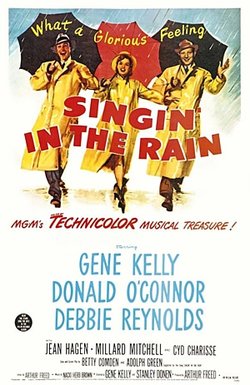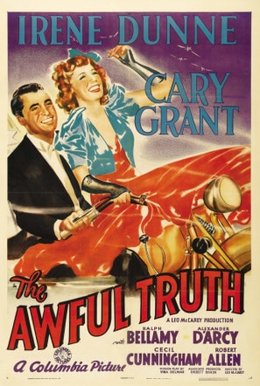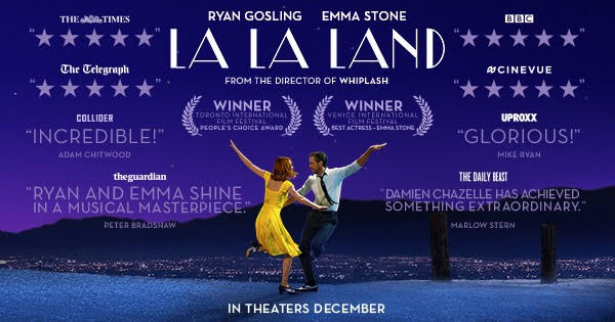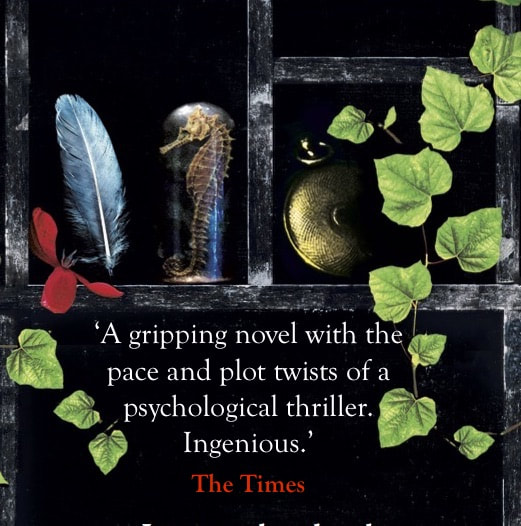|
I’ve been happy to learn about the haul of Oscar nominations for La La Land. I thought it a delight of a film, echoing old-style Hollywood, with two phenomenal central performances. It’s not a film that screams either worthiness or weightiness but nonetheless carries serious themes beneath its enchanting surface. Its undisguised relationship to a film I love, Singin’ in the Rain – watched at least once a year for many decades – may well be the reason why I found it so touching. In a strange, sad synchronicity it was the morning after I watched La La Land that I discovered Debbie Reynolds had sadly died bringing the earlier musical, to which it is in many way a homage, back to the fore. Reynolds’ death was perhaps more of a sting for me than that of her daughter. Though I am very much from the Fisher generation I have never seen Star Wars, so Princess Leia is an unknown to me. But Reynolds’ perky, all singing, all dancing Kathy Selden, who finds her voice Hollywood style, feels like an old friend and seeing all those clips on social media of her hoofing alongside Gene Kelly and Donald O’Connor brought a bitter-sweet sensation.  The period of filmmaking in which Singin’ in the Rain is set, the advent of the talkies, and its immediate aftermath, produced some of my favourite films. The kind of films I discovered on television as a child, marvelling at their fast talking heroines filled to the brim with smarts. They have remained favourites because they mark the moment when women had top billing and the best lines. Think of Mae West, in I’m No Angel, ‘When I’m good, I’m very good. When I’m bad, I’m better,’ or Irene Dunne in my absolute favourite screwball comedy, The Awful Truth, ‘Yes, tell her I’d love to meet her. Tell her to wear boxing gloves.’ The 1930s was a time when women in film were on top and Singin’ in the Rain for all its light-hearted silliness and slapstick was, at twenty years’ distance, articulating that moment when the voiceless siren, whose power lay merely in the reflection of the male gaze, came off her pedestal to become a real flesh and blood heroine whose wit, charisma and comic timing became box-office gold. It was a short-lived moment, by the advent of WW2 the screwball comedy was on its way out. Now, eighty years on, we are in an era in which most films don’t even pass the Bedchel Test. (This is a test that requires a film to have three things: Two female characters – preferably named; Who talk to each other; about something other than a man.) It is also sadly the case that there are few actresses now who earn as much, or hold equal billing with, their male counterparts. Indeed Singin’ in the Rain itself, though its subject matter was about a young ingénue finding power with her voice, typically for 1952, put Gene Kelly firmly at centre stage.  But I saw a glimpse, in La La Land, of a refreshing spirit of Hollywood gender equality. The two protagonists, each pursuing their dream, come to understand the sacrifices required for personal fulfilment. Stone’s Mia is every bit as intrinsic to the message of the film as Gosling’s Sebastian. She’s not simply the ‘love interest’ or the ‘sidekick’ there to give him a plot and make him look good. Additionally an important difference between this film and the Screwball comedies that I love so much, is that the punch line of the narrative has a divergent gender message: her fulfilment isn’t ultimately dependent on him. This equality is reflected in the fact that unusually both Stone and Gosling won Golden Globes for best actor/actress and have also both been nominated for Oscars. More commonly the actress would be the regarded as supporting his starring role. It’s hardly a seismic change but perhaps it is a tremor that indicates Hollywood’s tectonic plates are making a gradual, and welcome, shift.
0 Comments
|
Subscribe to Elizabeth's quarterly newsletter below:Archives
June 2018
Categories
All
|








 RSS Feed
RSS Feed
